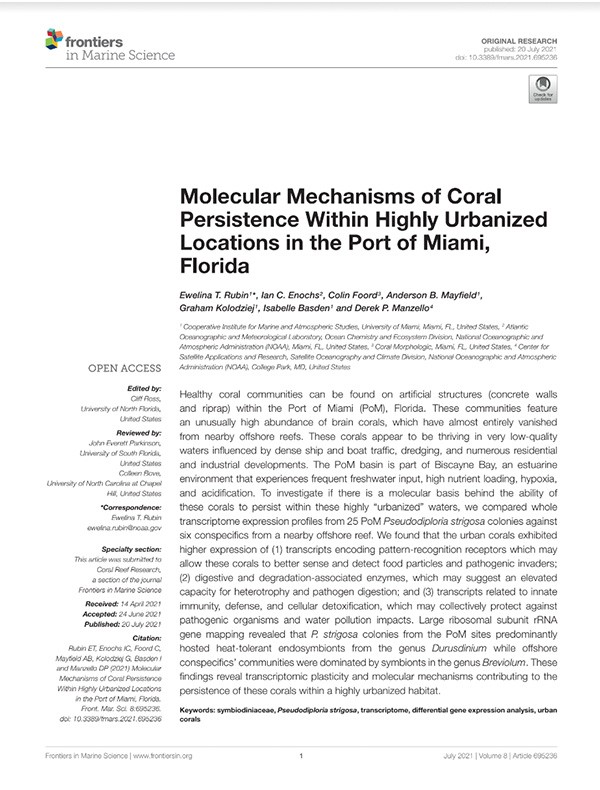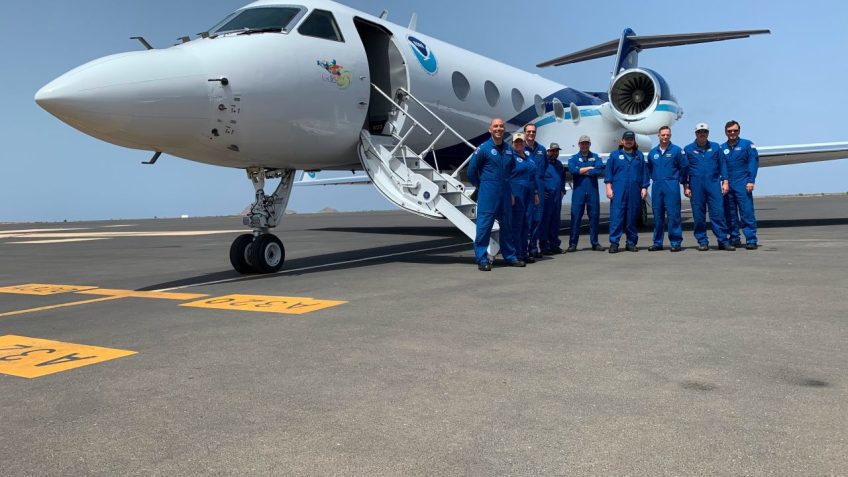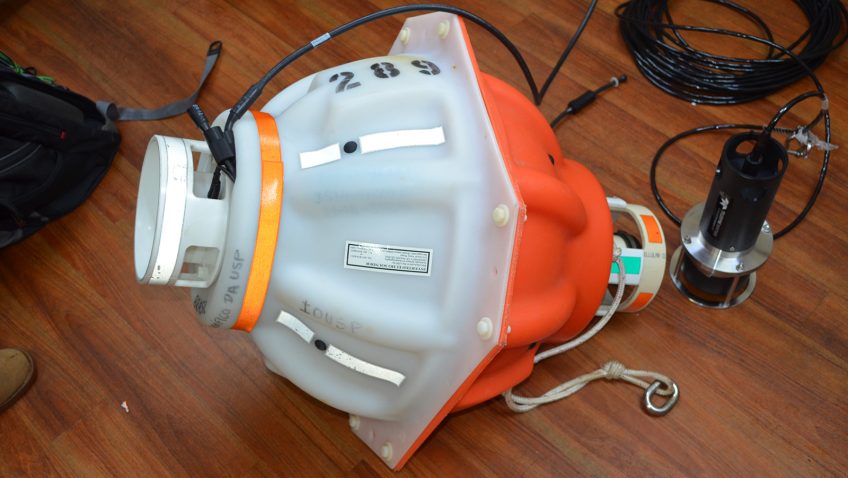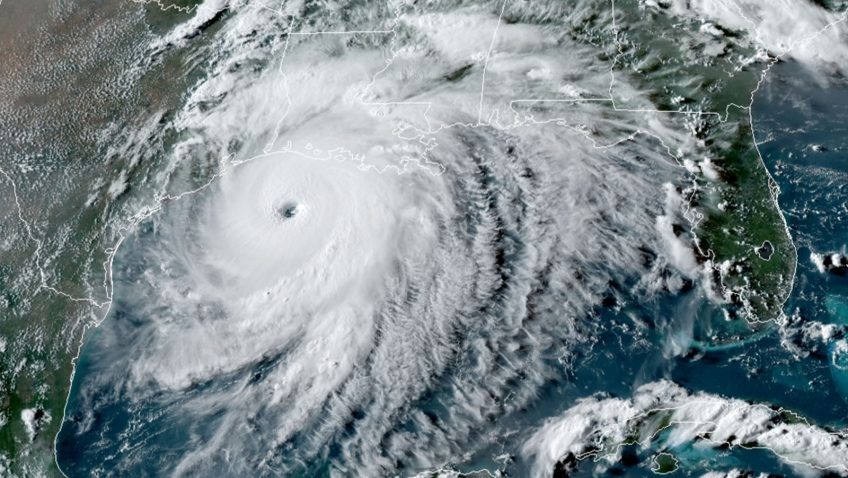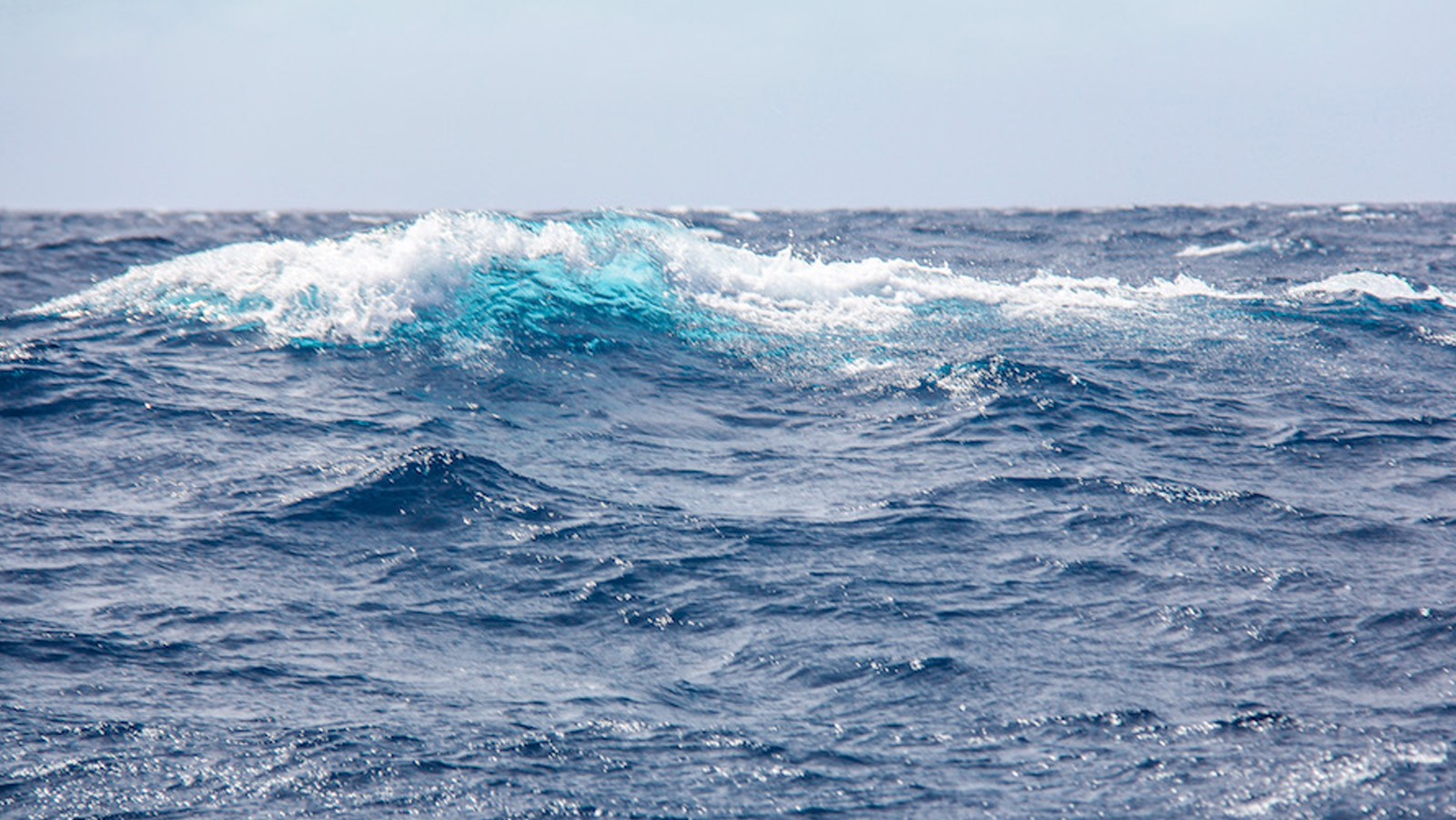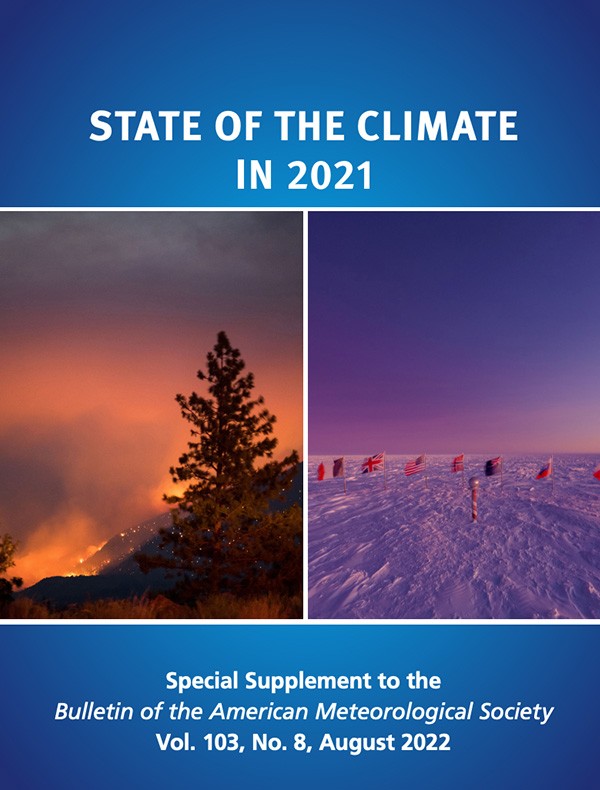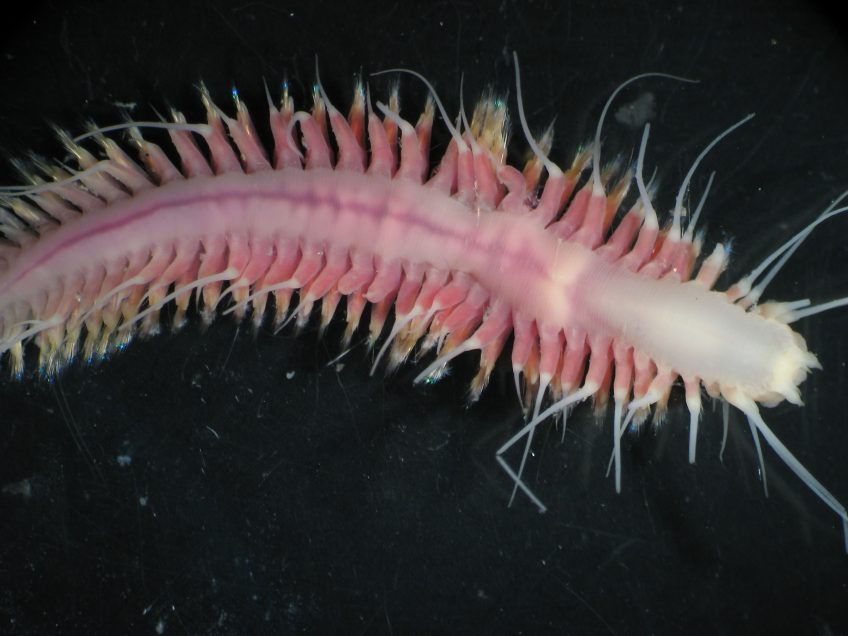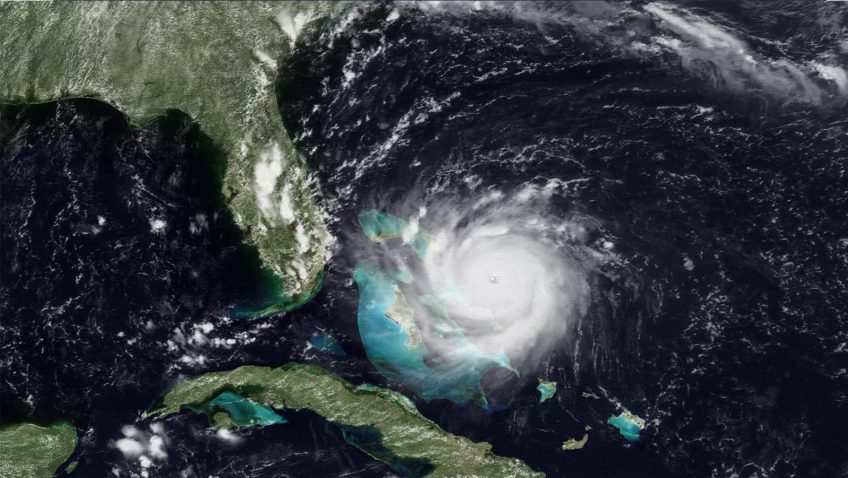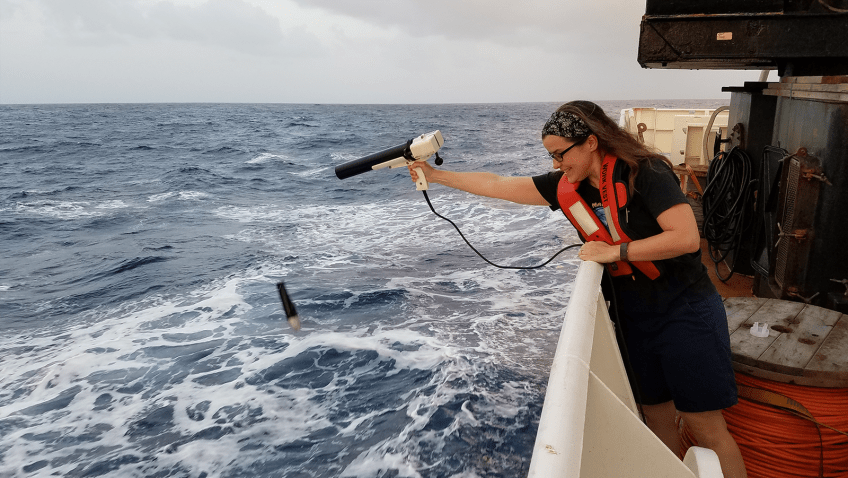Molecular Mechanisms of Coral Persistence Within Highly Urbanized Locations in the Port of Miami, Florida
Rubin, E. T., Enochs, I. C., Foord, C., Mayfield, A. B., Kolodziej, G., Basden, I., & Manzello, D. P. (2021). Molecular mechanisms of coral persistence within highly urbanized locations in the Port of Miami, Florida. Frontiers in Marine Science, 936.
Abstract: Healthy coral communities can be found on artificial structures (concrete walls and riprap) within the Port of Miami (PoM), Florida. These communities feature an unusually high abundance of brain corals, which have almost entirely vanished from nearby offshore reefs. These corals appear to be thriving in very low-quality waters influenced by dense ship and boat traffic, dredging, and numerous residential and industrial developments. The PoM basin is part of Biscayne Bay, an estuarine environment that experiences frequent freshwater input, high nutrient loading, hypoxia, and acidification. To investigate if there is a molecular basis behind the ability of these corals to persist within these highly “urbanized” waters, we compared whole transcriptome expression profiles from 25 PoM Pseudodiploria strigosa colonies against six conspecifics from a nearby offshore reef…
